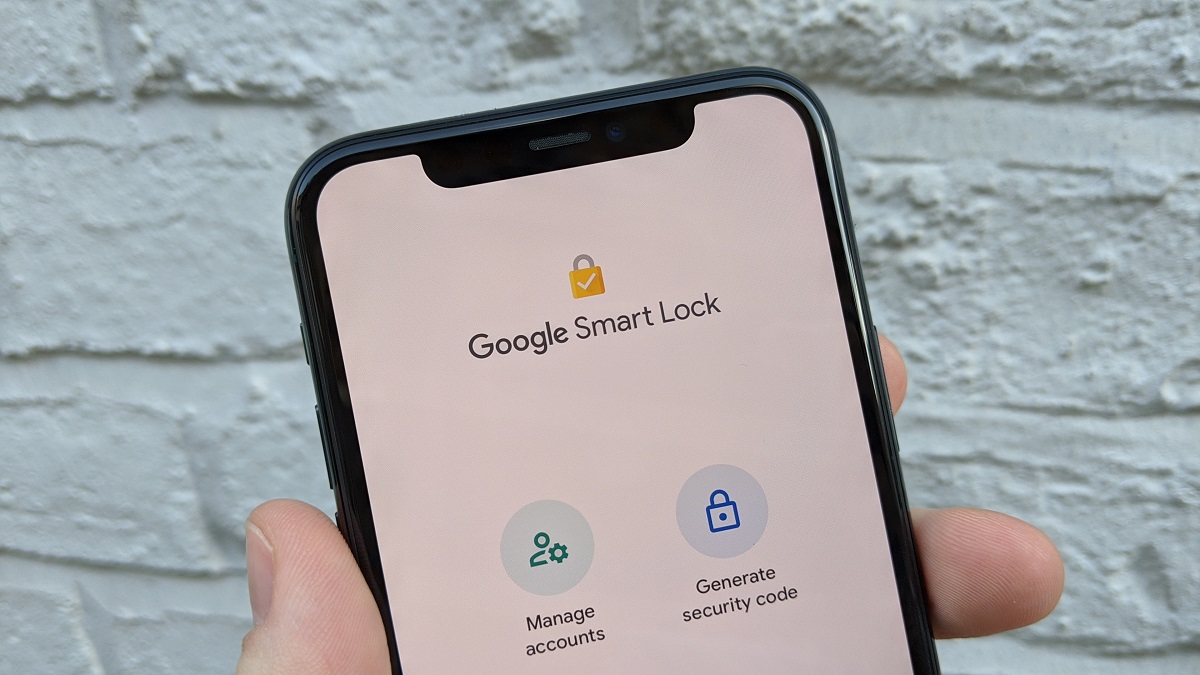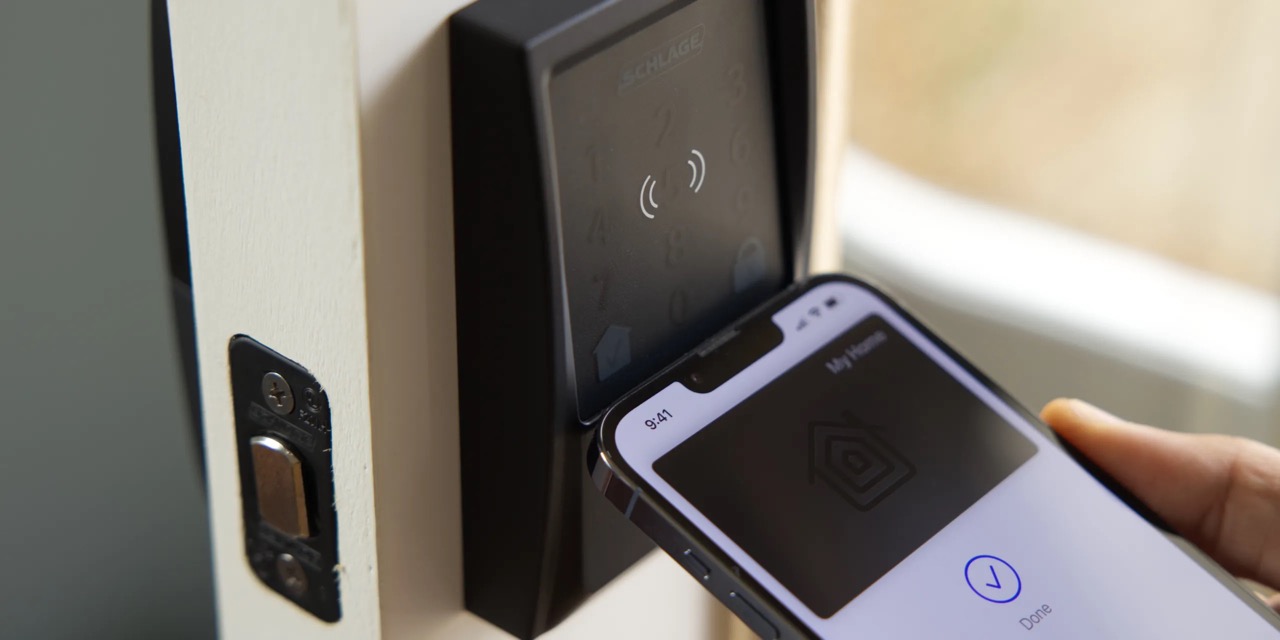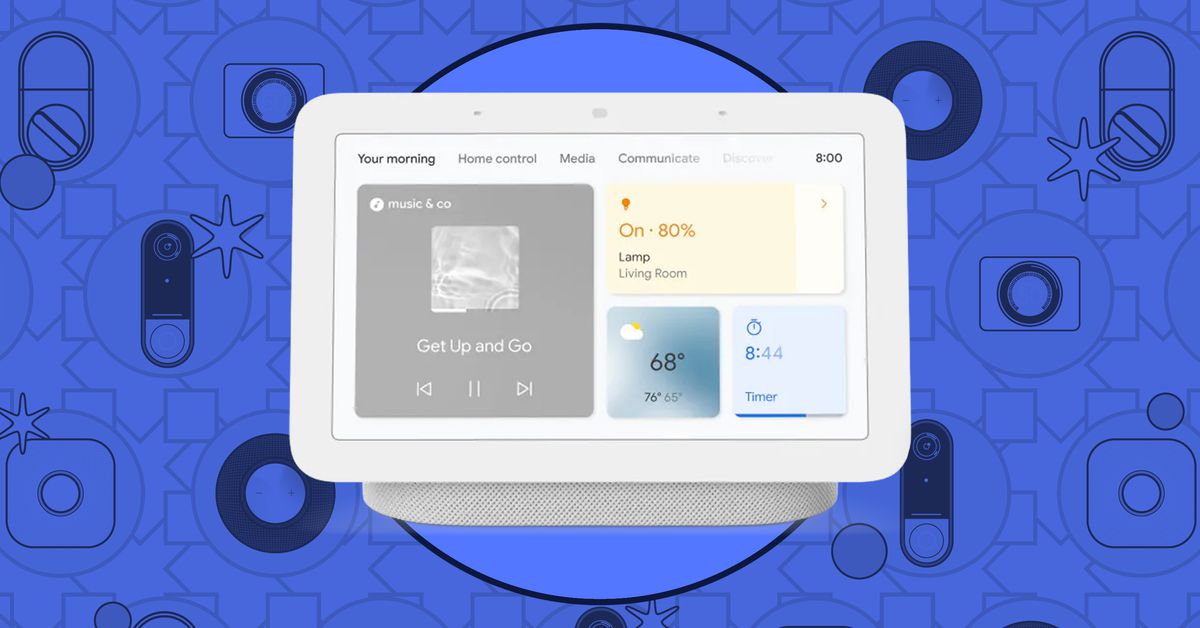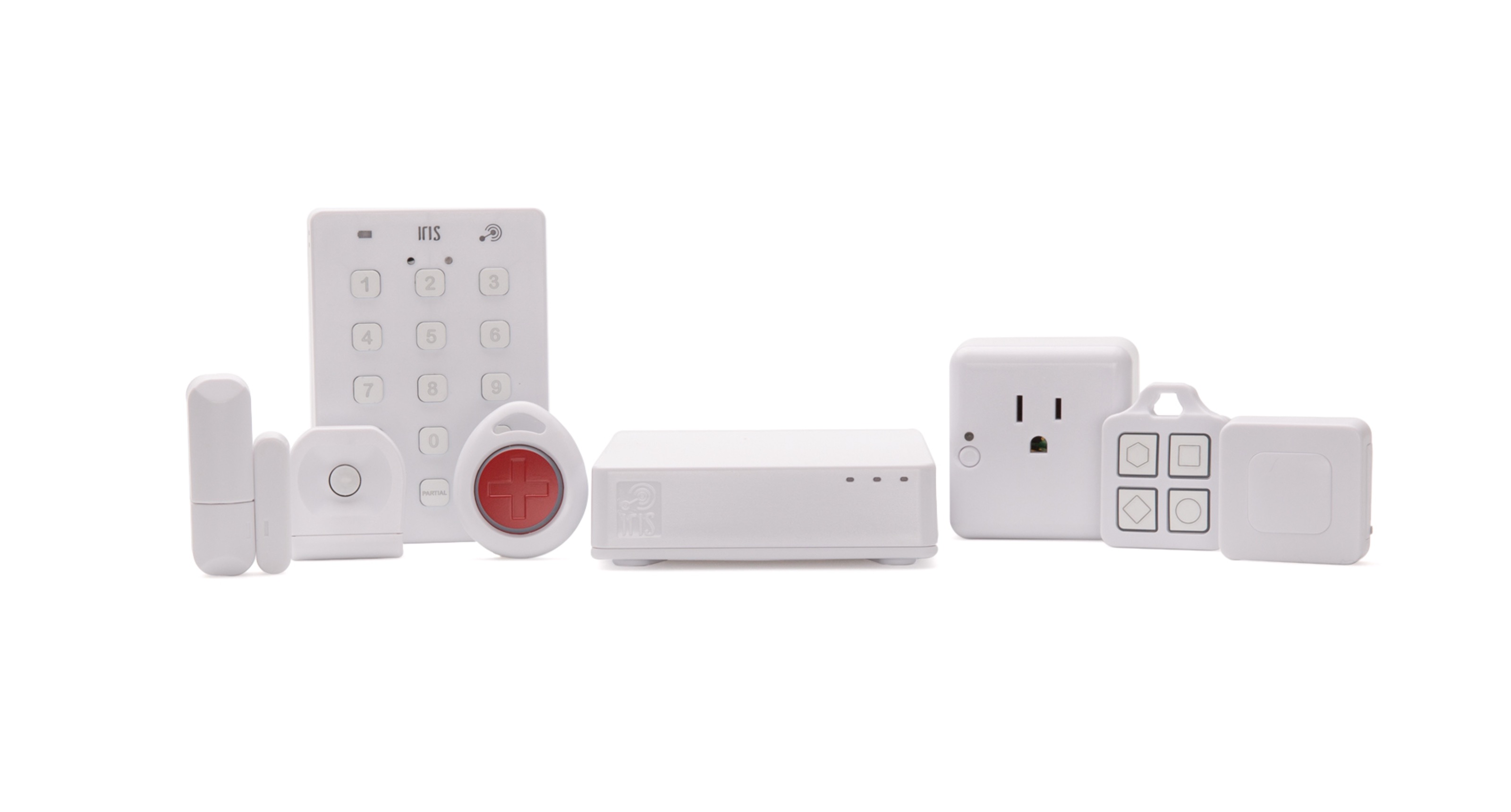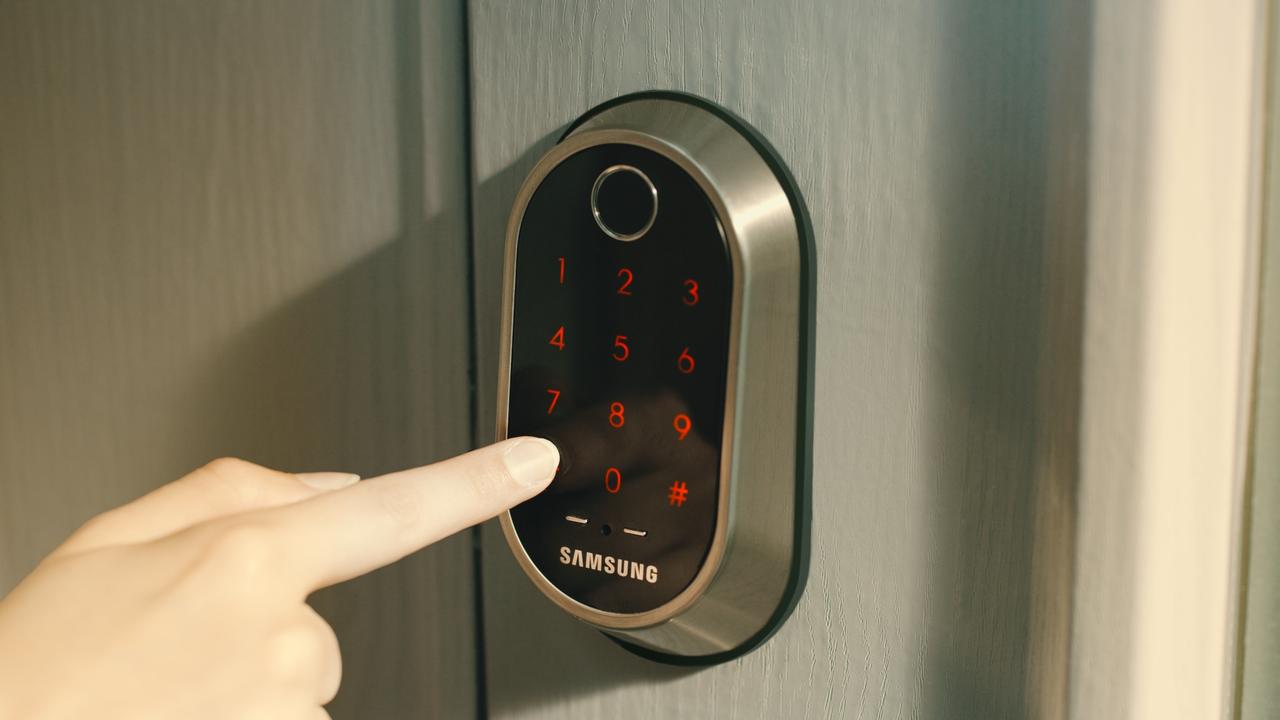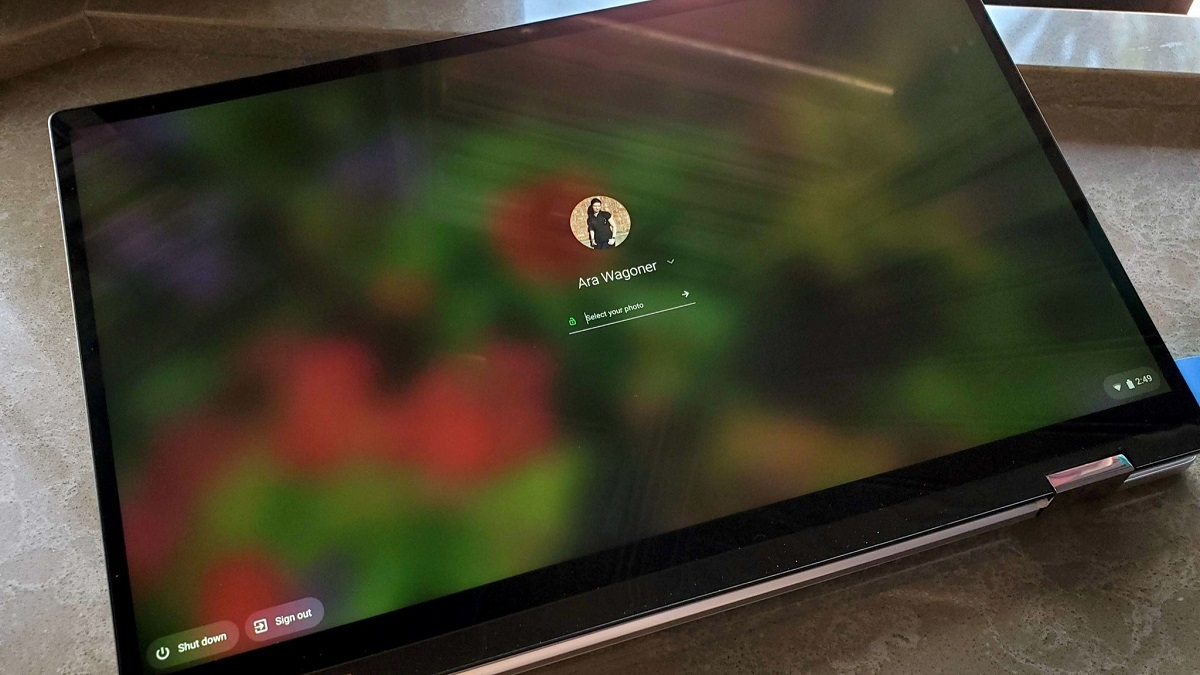Introduction
Google Smart Lock is a convenient feature offered by Google that helps users securely store their passwords, login information, and other credentials across devices. It aims to streamline the login process and eliminate the need for manually entering usernames and passwords every time. While Smart Lock can be a helpful tool, some users may prefer to disable it for various reasons. Whether you want to prioritize privacy, improve security, or simply prefer to manage your passwords on your own, learning how to turn off Google Smart Lock is essential.
In this article, we will guide you through the process of disabling Google Smart Lock on different platforms, including Android devices, iOS devices, and the Chrome browser. We will also discuss how to disable Smart Lock for Passwords, a feature that automatically saves and fills in passwords for compatible applications and websites. Additionally, we will provide troubleshooting tips for common issues that may arise during the disabling process.
It’s important to note that disabling Google Smart Lock will remove the convenience of automatic logins and password syncing across devices. However, if you value having full control over your passwords and prefer to manually enter them, the following instructions will help you disable Google Smart Lock seamlessly.
What is Google Smart Lock?
Google Smart Lock is a feature that allows users to securely save passwords, login information, and various credentials across different devices. It is designed to streamline the login process, making it more convenient and efficient. With Google Smart Lock, you no longer need to remember and manually enter your usernames and passwords every time you access a website or application.
Google Smart Lock provides several functionalities, including:
- Password Manager: It serves as a secure password manager, allowing users to store their login credentials for different accounts. These passwords and other information are encrypted and stored on Google’s servers, providing an added layer of security.
- Auto-fill Feature: Google Smart Lock can automatically fill in your saved usernames and passwords when you visit websites or launch applications, saving you time and effort. It simplifies the login process, eliminating the need to type in your credentials manually.
- Cross-device synchronization: If you enable Google Smart Lock on multiple devices, your saved passwords and login information will be synchronized across all devices. This means that you can seamlessly access your accounts from your smartphone, tablet, or computer without the hassle of manually entering the credentials each time.
To ensure the security of your stored passwords, Google Smart Lock uses encryption technology and requires authentication to access your saved credentials. Depending on your device, this authentication can be a PIN, fingerprint, pattern, or face recognition. This additional security measure ensures that even if someone gains access to your device, they won’t be able to view your passwords without proper authentication.
By default, Google Smart Lock is enabled on many devices and Google services. However, if you prefer to have more control over your passwords or want to disable the feature for other reasons, you can follow the instructions provided in the next sections to turn off Google Smart Lock on Android devices, iOS devices, and the Chrome browser.
How to Turn Off Google Smart Lock on Android Devices
If you have an Android device and want to disable Google Smart Lock, you can easily do so by following these steps:
- Open the Settings app on your Android device. You can usually find it in the app drawer or by swiping down from the top of the screen and tapping the gear icon.
- Scroll down and tap on “Security” or “Security & privacy” (the exact name may vary depending on the device).
- Look for the option labeled “Smart Lock” or “Trusted agents” and tap on it.
- You may be prompted to enter your device PIN, pattern, or password for security verification.
- Once you’re in the Smart Lock settings, you will see a list of options that you can toggle on or off. To completely disable Smart Lock, make sure all the options are turned off. This includes “On-body detection”, “Trusted places”, “Trusted devices”, and “Voice Match”.
- Exit the Settings app, and Google Smart Lock will now be disabled on your Android device.
Keep in mind that by turning off Google Smart Lock, you will lose the convenience of automatic logins and password syncing across devices. However, if you prefer to manage your passwords manually and prioritize privacy and control, disabling Smart Lock may be the right choice for you.
If you ever change your mind and want to re-enable Smart Lock, simply follow the same steps above and toggle the desired options back on in the Smart Lock settings.
How to Turn Off Google Smart Lock on iOS Devices
If you’re using an iOS device and you want to disable Google Smart Lock, the process may vary slightly compared to Android devices. Here’s how you can turn off Google Smart Lock on iOS:
- Open the Settings app on your iOS device. It’s usually located on the home screen.
- Scroll down and tap on “Passwords & Accounts.”
- Next, tap on “AutoFill Passwords.”
- On the AutoFill Passwords screen, you’ll find a toggle switch for “Enable AutoFill.” Turn this switch off to disable Google Smart Lock on your iOS device.
- You may be prompted to enter your device passcode or use Touch ID/Face ID for authentication.
By disabling Google Smart Lock on iOS, you will no longer have the convenience of automatic password filling and synchronization across your devices. However, if you prefer more control over your passwords or want to manage them manually, turning off Smart Lock might be the right decision for you.
If you change your mind in the future and want to re-enable Google Smart Lock on your iOS device, simply follow the same steps and toggle the “Enable AutoFill” switch back on.
How to Turn Off Google Smart Lock on Chrome Browser
If you use the Google Chrome browser and want to disable Google Smart Lock, you can easily do so by following these steps:
- Open Google Chrome on your computer.
- Click on the three-dot menu icon in the top-right corner of the browser window. This will open a drop-down menu.
- From the menu, select “Settings.” This will open the Chrome Settings page in a new tab.
- Scroll down and click on “Passwords” in the “Autofill” section.
- Under the “Passwords” section, you will find a toggle switch labeled “Offer to save passwords.” Toggle this switch off to disable Google Smart Lock.
- If you want to delete any existing saved passwords, click on “Manage Passwords.” This will open a list of your saved passwords, and you can choose to delete individual passwords or clear all saved passwords.
- Close the Settings tab, and Google Smart Lock will now be disabled in your Chrome browser.
By turning off Google Smart Lock on Chrome, you will no longer have the convenience of automatic password filling and syncing across multiple devices. However, if you prefer more control over your passwords or prefer to manage them manually, disabling Smart Lock can offer you that flexibility.
If you ever decide to re-enable Google Smart Lock in the future, simply follow the same steps above and toggle the “Offer to save passwords” switch back on in the Chrome Settings.
How to Disable Smart Lock for Passwords
Smart Lock for Passwords is a feature that automatically saves and fills in passwords for supported applications and websites. If you want to disable this feature, you can follow these steps:
- Open the Settings app on your Android device or iOS device.
- Navigate to the “Passwords” or “Accounts & Passwords” section, depending on your device.
- Look for the option related to Smart Lock for Passwords and tap on it.
- You may be asked to provide authentication via your device PIN, pattern, or password.
- Find the toggle switch for “Autosave passwords” or “Save passwords.” Turn this switch off to disable Smart Lock for Passwords.
By disabling Smart Lock for Passwords, you will prevent Google or your device from automatically saving and filling in passwords for supported applications and websites. This can be useful if you prefer to manage your passwords manually or have concerns about security and privacy.
To re-enable Smart Lock for Passwords in the future, you can follow the same steps above and toggle the “Autosave passwords” or “Save passwords” switch back on.
Note that disabling Smart Lock for Passwords may not remove any existing saved passwords from your device. You may need to manually delete them from the password settings or clear your browser’s saved passwords if you no longer want them saved.
Troubleshooting Common Issues with Disabling Google Smart Lock
While disabling Google Smart Lock is a straightforward process, you may encounter some common issues along the way. Here are a few troubleshooting tips for dealing with these issues:
- Authentication Troubles: When disabling Smart Lock, you may be asked to authenticate yourself using your device’s PIN, pattern, password, fingerprint, or facial recognition. If you’re having trouble with authentication, make sure you’re entering the correct credentials or try restarting your device and attempting again.
- Missing Smart Lock Options: Depending on your device and software version, the settings for disabling Smart Lock may be labeled differently or located in a different section. If you can’t find the Smart Lock options, try searching for them in the Settings app using the search bar at the top.
- Updated Software: If you’ve recently updated your device’s software, the location and appearance of the Smart Lock settings may have changed. In such cases, refer to the device manufacturer’s documentation or perform an online search for instructions specific to your device and software version.
- Incompatible Applications: Some applications may have built-in functionality that overrides the Smart Lock settings. This means that even if you disable Smart Lock, the application may still save and auto-fill passwords. In such cases, look for application-specific settings within the app to disable password-saving functionality.
- Syncing Across Devices: Disabling Smart Lock may cause the passwords and settings to stop syncing across your devices. If you want to maintain consistency between your devices, consider using a different password manager application that supports cross-device syncing.
- Clearing Saved Passwords: Disabling Smart Lock does not automatically remove any passwords that were previously saved. If you want to delete your saved passwords, you may need to manually clear them from the password settings in each application or browser you use.
If you encounter other issues while trying to disable Google Smart Lock, it can be helpful to perform an online search for device-specific instructions or seek support from the device manufacturer or application developers.
Remember, disabling Google Smart Lock is a personal choice, and it’s important to consider the trade-off between convenience and privacy/security when making this decision.
Conclusion
Google Smart Lock offers a convenient way to store and auto-fill passwords, login information, and other credentials across devices. However, there may be various reasons why you might want to disable this feature. Whether you value privacy, prefer to manage your passwords manually, or have encountered issues, the instructions provided in this article can guide you through the process of turning off Google Smart Lock on different platforms.
We covered how to disable Google Smart Lock on Android devices, iOS devices, and the Chrome browser. Additionally, we discussed how to disable Smart Lock for Passwords, the feature that automatically saves and fills in passwords for compatible applications and websites.
While disabling Google Smart Lock can provide you with more control over your passwords, it’s important to consider the trade-off between convenience and security. With Smart Lock disabled, you will need to manually enter your passwords and may lose synchronized login information across devices.
If you encounter any issues during the disabling process, refer to the troubleshooting tips provided in this article or seek support from the device manufacturer or application developers.
Ultimately, the decision to disable Google Smart Lock is a personal one. Consider your specific needs and preferences when it comes to password management, privacy, and security. If you decide to re-enable Google Smart Lock or use a different password management solution in the future, remember that the choice is yours, and you can always adjust your settings to suit your needs.







